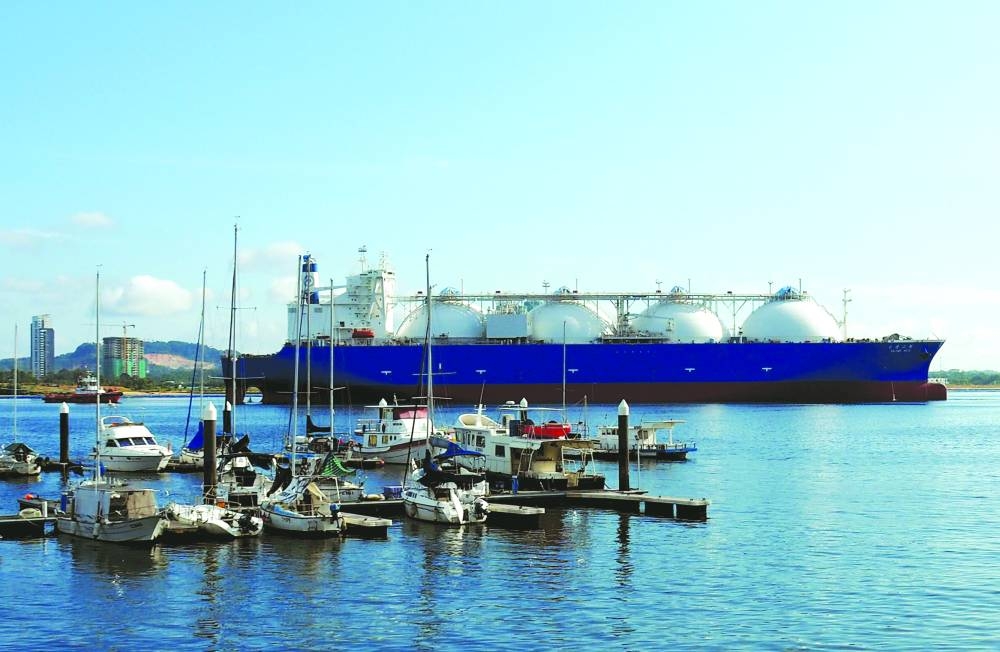QatarEnergy is once again at the forefront of the rising LNG vessel capacities, ordering eighteen 271,000cm vessels at Hudong-Zhonghua Shipbuilding in China, according to the International Gas Union (IGU).
Eight of the 18 QC-Max size LNG vessels will be delivered in 2028 and 2029, while the other ten will be delivered in 2030 and 2031.
In April, QatarEnergy had signed an agreement with China State Shipbuilding Corporation (CSSC) for the construction of 18 ultra-modern QC-Max size LNG vessels, marking a significant addition to its historic LNG fleet expansion programme.
The new vessels, with a capacity of 271,000 cubic metres each, will be constructed at China's Hudong-Zhonghua Shipyard, a CSSC wholly-owned subsidiary, and will feature state of the art technological innovation and environmental performance.
Also, 12 conventional-size LNG vessels are currently under construction at Hudong-Zhonghua, and that delivery of the first such vessels is expected by the third quarter of this year.
IGU noted the vessels being built at Hudong-Zhonghua Shipbuilding are slightly larger than the 45 Qatari Q-Class newbuilds of over 200,000cm that were delivered during the 2007-2010 period.
However, moving forward, 200,000cm vessels or larger could find favour due to their economies of scale for long-haul voyages. The current orderbook comprises 22 vessels, each with capacity of either 200,000cm or 271,000cm for delivery during the period 2024-2029.
Of the 32 newbuilds delivered in 2023, all except three have a capacity of between 170,000 and 200,000cm, IGU noted.
Vessels of this size remain within the upper limit of the Panama Canal’s capacity following its expansion in 2016, while still benefiting from economies of scale, particularly as additional LNG capacity is developed in the US Gulf Coast (USGC) for long-haul delivery to Asia.
The global LNG fleet is relatively young due to the rapid increase in LNG trade over the past two decades, IGU said.
Vessels under 20 years of age make up 85.3% of the active fleet. Newer vessels are larger, more efficient, and have superior project economics over their operational lifetime.
Only 21 active vessels are 30 years or older, including eight that were converted into FSRUs or FSUs.
The global LNG orderbook had a staggering 359 newbuild vessels under construction at end of February-2024, equivalent to over 51% of the current active fleet.
This illustrates shipowners’ expectations that LNG trade will continue to grow in line with scheduled increases in liquefaction capacity, particularly from the US.
An expected 77 carriers will be delivered in 2024, including the 11 already delivered.
The orderbook includes 21 icebreaker-class vessels for the Arctic LNG 2 project. These, IGU noted, are highly innovative and CAPEX-intensive ships with the capabilities required to traverse the Arctic region.
Due to the Russia-Ukraine conflict, these vessels have faced a risk of delayed deliveries or cancellations due to international sanctions on Russia that have complicated equipment delivery and payments.

An LNG tanker passes boats along the coast of Singapore. The global LNG fleet is relatively young due to the rapid increase in LNG trade over the past two decades, IGU said.

